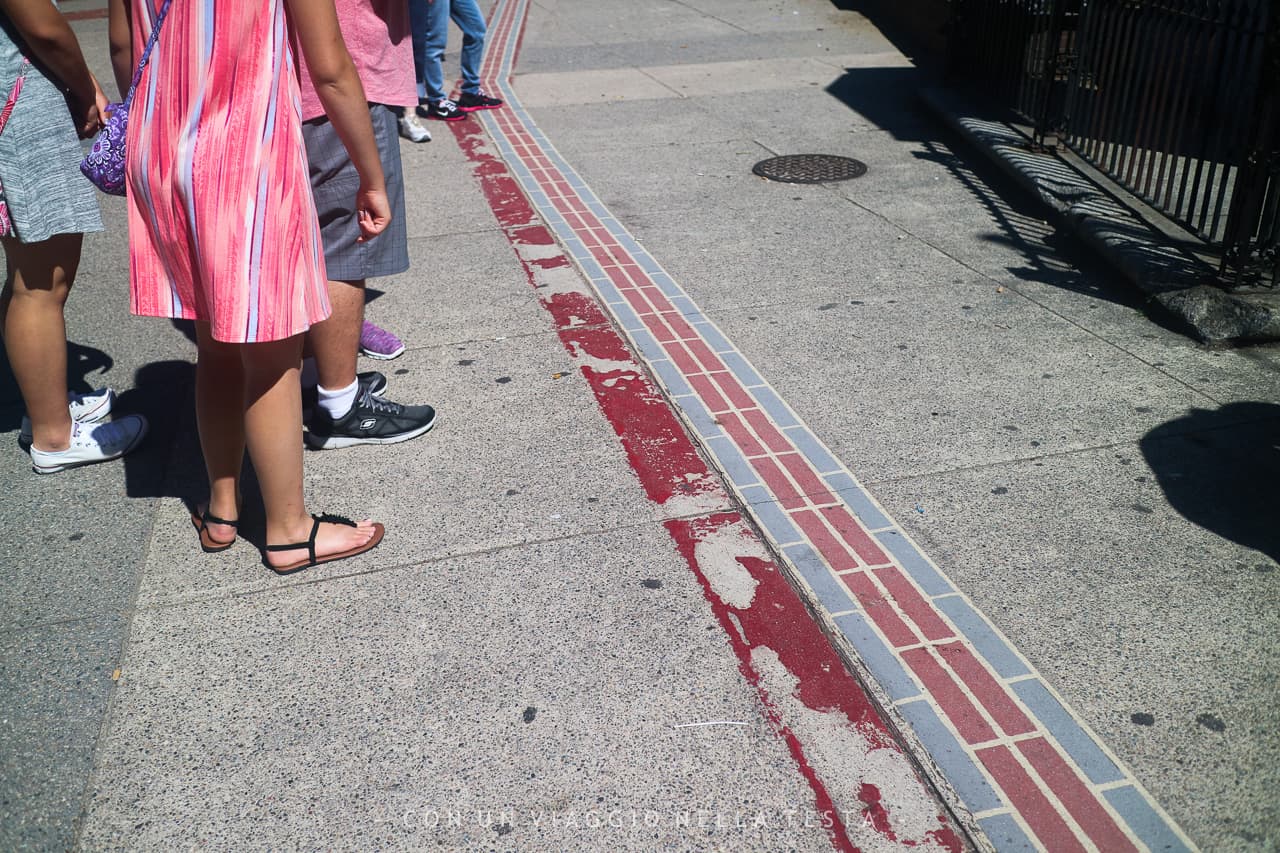

The Home Rule movement was launched by Besant to nurture the idea of self-governance in British-occupied India. Annie Besant’s All India Home Rule League held their meetings here. Its central courtyard has seen several political rallies. Ten buildings was built in the mid-to-late 1800s. Most nationalist meetings took place in working-class neighbourhoods such as Shantaram Chawl, whose one-acre plot with With its many chawls housing the working class, it is no surprise that Girgaum has played an important role in India’s socio-political movements. Horniman, an Englishman who edited The Bombay Chronicle The public meetings held at the Girgaum Chawl were addressed by, among others, Gandhi, Jinnah, Tilak, and B. Today, many come here to spend a tranquil weekend with boat rides on the Jalangi river.ĭid You Know: Satyajit Ray shot the wedding scenes of Apur Sansar in the old compound of the estate while the crew of the film occupied the house or notun bari as it was then called. The estate is spread over 12,000sq ft of living space, and has a verandah that stretches along the front of the house. You can visit the place and stay for a weekend at Balakhana today. A Frenchman was responsible for building Balakhana in the 18th century. Netaji was once ferried to an urgent meeting in this manner. It had an airstrip where planes like Kitty Hawks would land. The mansion was a neel kothi once and housed indigo planters.

One of them is the two-centuries-old Balakhana Estate in Maheshganj, West Bengal. Several indigo plantation bungalows are still standing across the country. The protests eventually led to the famous Indigo Revolt or ‘Nil Bidraha’, which was considered to be the forerunner of the freedom movement. Despite protests by farmers, the British continued to force them to grow the precious ‘blue gold’.

However, it rendered fields infertile as it was a water-intensive crop. Due to its huge demand worldwide, indigo had a central role in the East India Company’s profits. Indigo was one of the many cash crops that British colonialists grew in the subcontinent. One of few surviving indigo plantation bungalows, Balakhana marks an important chapter in the revolts that led to the freedom movement From Netaji’s impassioned letters to his soldiers to the guns used by INA soldiers to the currency and stamps used by the provisional government, the museum has it all – transporting audiences to a time in history when the cry for freedom became the greatest unifier.ĭid You Know: Moirang is also well known for the Loktak Lake, Northeast India’s biggest freshwater lake, and the Keibul Lamjao National Park, both of which are present in its vicinity. The relics from Moirang’s past are preserved in the INA Museum which houses a host of memorabilia. The INA would go on to establish a short-lived provisional government in the town. The story goes that the INA and the Japanese soldiers marched on to Moirang on foot to liberate them from British occupation, and the city’s residents offered shelter and food to them irrespective of whether they were Indian or Japanese. The red-letter day in the town’s history is Ap– it was on this day that Lieutenant Colonel Shaukat planted the Tricolour on Indian soil for the first time. Moirang’s tryst with freedom dates back to around 1944, when the INA set up their World War II headquarters in the town. What’s more, the renovation work on the INA Complex (along with a statue of Bose) in the town was completed earlier this year. That Moirang, 45 kilometres from Manipur’s capital, Imphal, still lovingly retains its links to Subhas Chandra Bose and the Indian National Army (INA) is evident from the fact that one of the planks on which the 2022 state elections were fought concerned whether Bose has received his dues adequately in the annals of Indian history. This small town in Manipur is the place where the Indian National Army (INA) first planted its flag on Indian soil


 0 kommentar(er)
0 kommentar(er)
